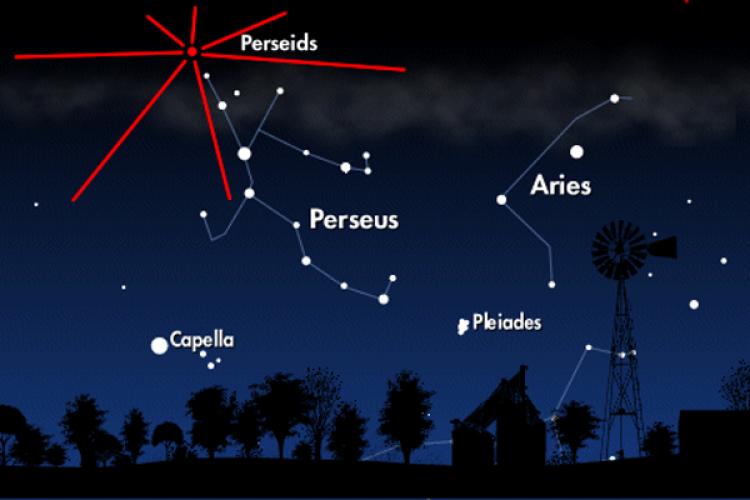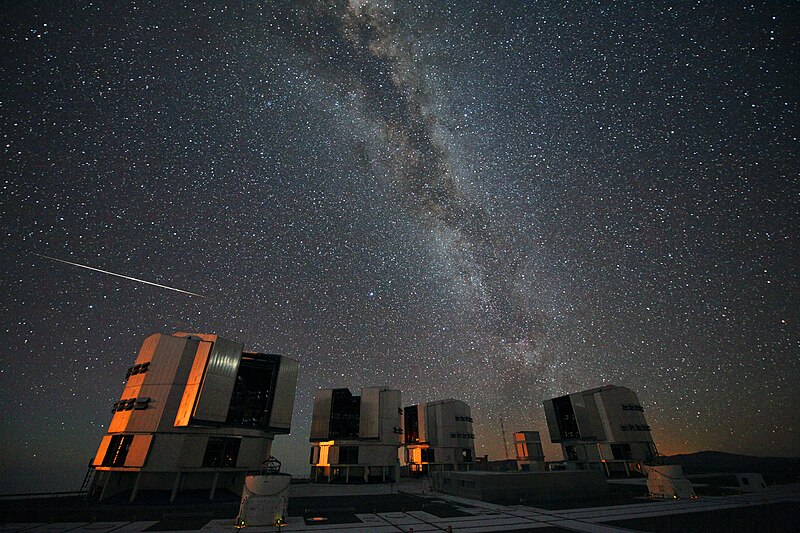Most of us probably have this difficulty in understanding the Lunar Phases. We probably have a hard time figuring out the current lunar phase, or trying to locate where in the sky and also when is the best time to actually see the Moon.
The series of diagrams below may be able to help you. Probably you need to dedicate yourself a full lunar month, and observe the sky (possibly every night!), then hopefully you can have a better idea of the 'movement' of the Moon.
Try it! The next new moon will be on 15 September 2015 ( 1 Zulhijjah, 1436 - Islamic Calendar). Use the diagrams below as a guide.
Before you start, here are some assumptions that you need to make when using the diagrams....
Sunset
is at 6.00 pm local time
Middle
of the night is at 12.00 midnight
Sunrise
is at 6.00 am local time
Middle
of the day is at 12.00 noon
Equal
day and night, 12 hours each
Good Luck, Happy Oberving!












